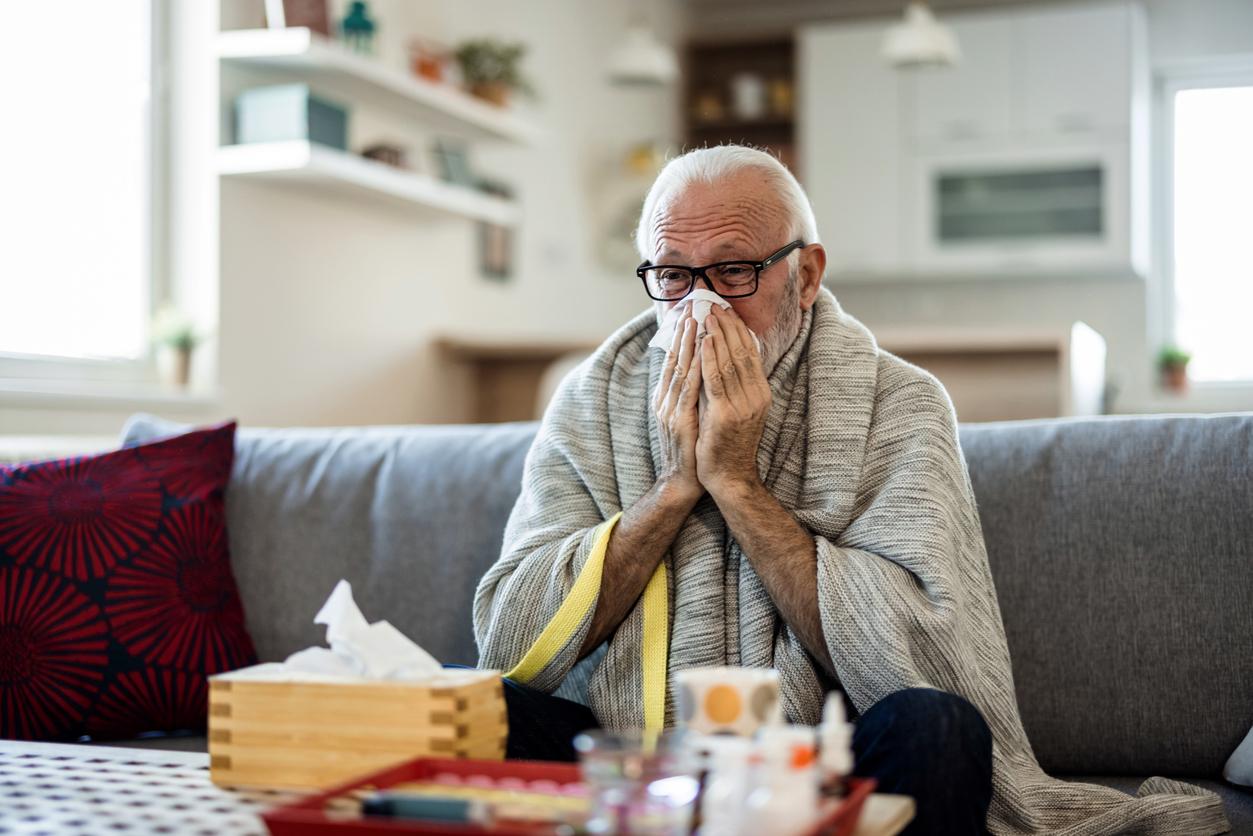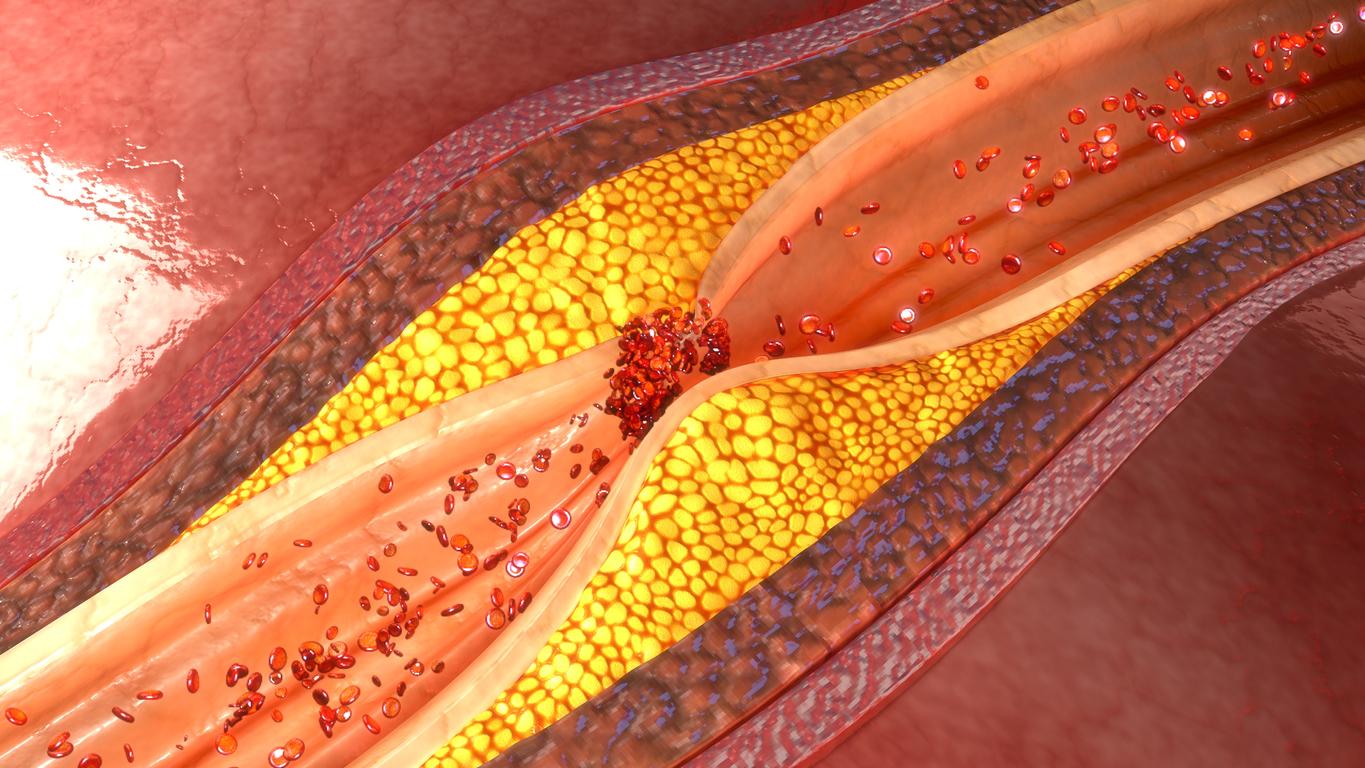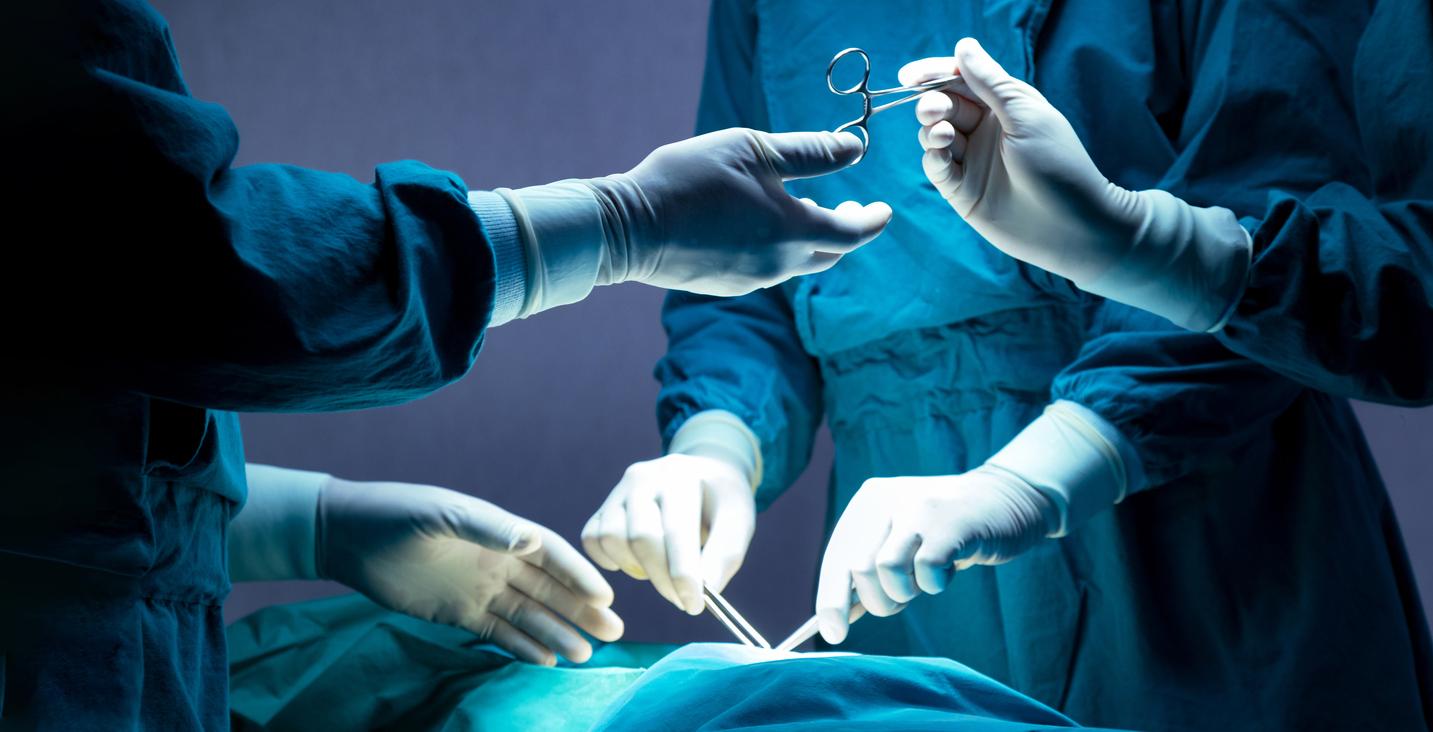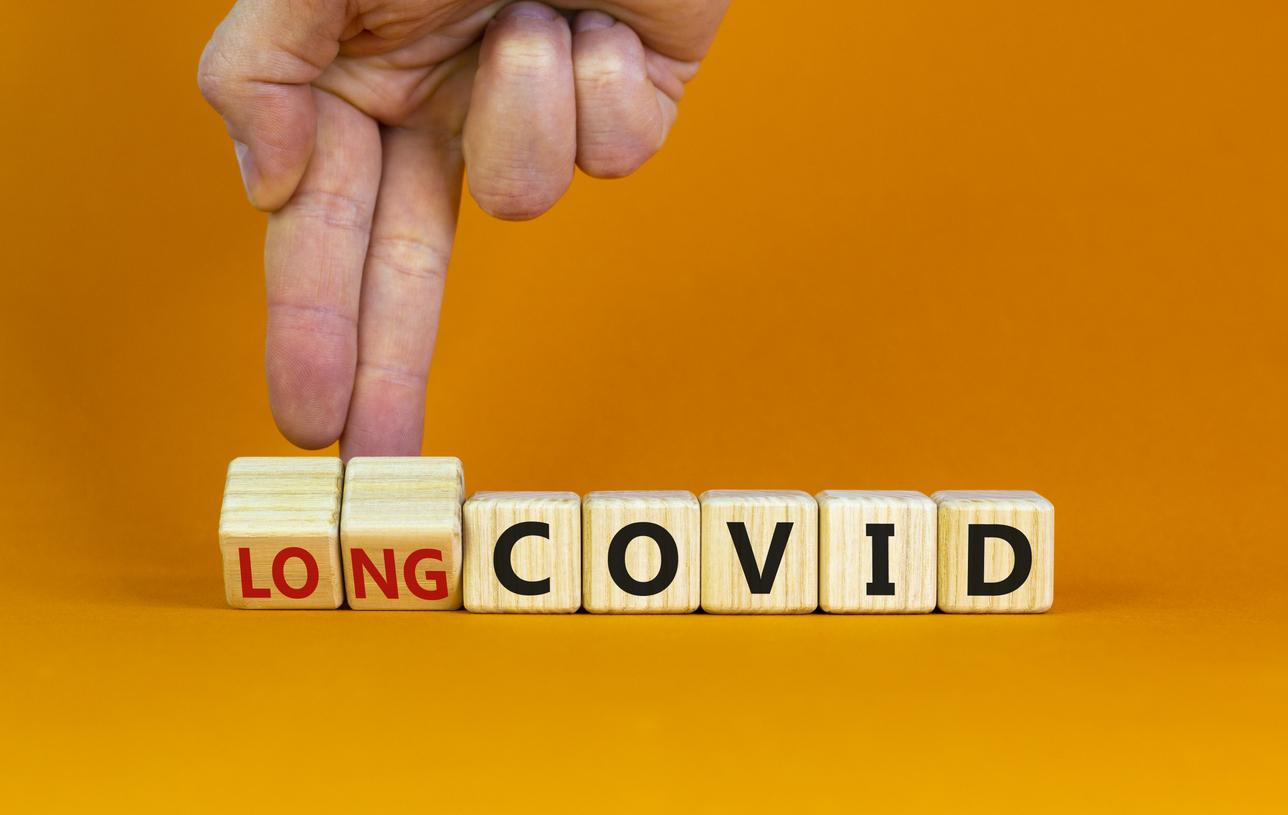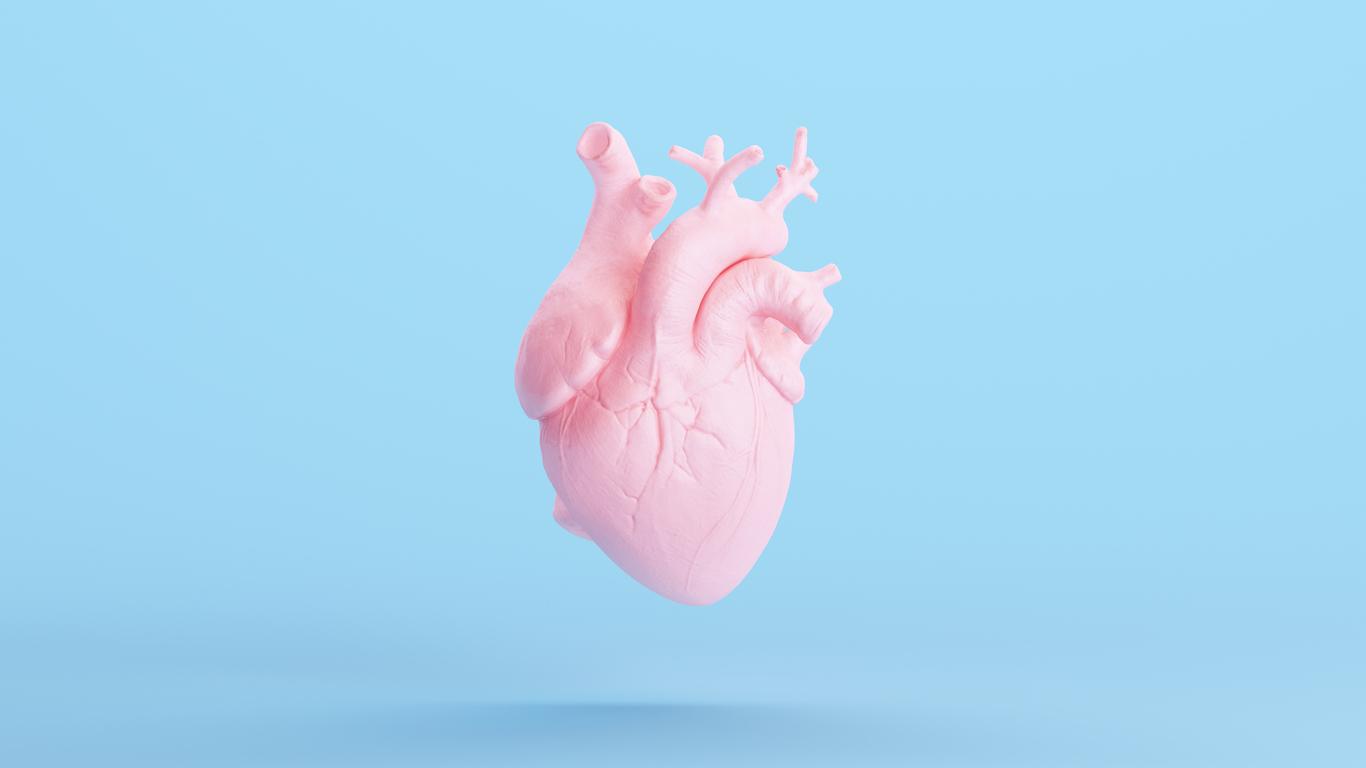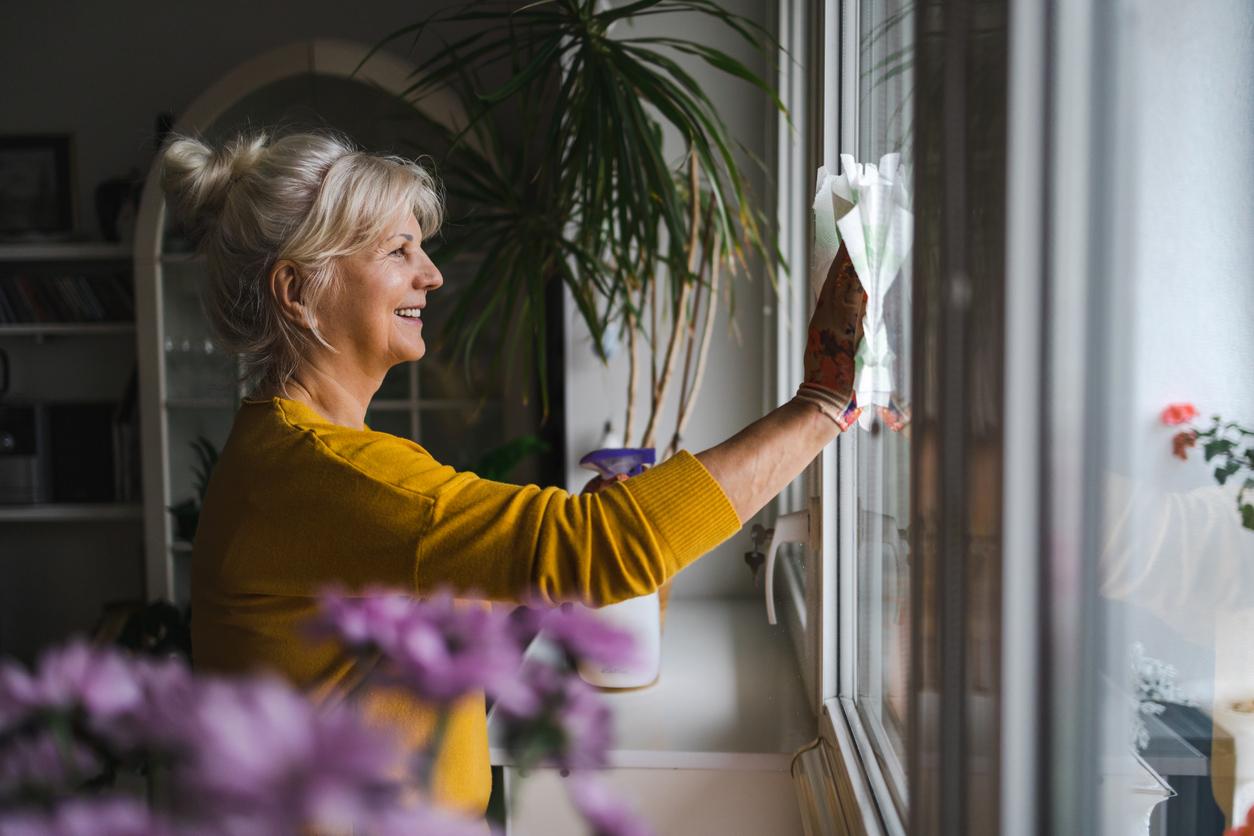
Interview with a cardiologist
In our language we use the ‘heart’ to indicate feelings. We have heartache or heartache, someone is a heart thief, we talk about affectionate and when our hearts have been stolen, we generally don’t see that as a negative.
But what if we get something to our heart, such as a heart attack? Can you survive that and how do you have the best chance? Do you feel a heart attack coming?
Information important
Martin Stoel is a cardiologist at Medical Spectrum Twente and works at the Thorax Center Twente. “Information is most important. Not only to people who are already heart patients, but also to people who are not (yet). without prior warning. That’s why it’s so incredibly important to immediately indicate that something is wrong.”
Time is of vital importance
“An acute myocardial infarction is different from angina pectoris. The latter is a premature arterial calcification, which progresses slowly. You get short of breath with exertion, at rest the symptoms disappear. Angina pectoris usually occurs in older patients and can be remedied with drugs, angioplasty or heart surgery.”
The six hours after a heart attack are crucial. The earlier you are there, the smaller the chance of permanent damage or even death. “The counter starts running from the moment of the infarction. You feel that something is suddenly happening and you get pain or pressure in the chest. You become gray or gray and sometimes you have to vomit. The blood vessel silts up and within six hours the person in question dies heart muscle.”
“It is therefore vital to be anesthetized in a hospital as soon as possible. People still react too often expectantly, thinking that it will pass on its own. Others also sometimes misinterpret the signals and think of stress or hyperventilation. Well, a 40-year-old man usually does not suffer from hyperventilation. Shortness of breath is then the result of a disorder, not the cause.”
Mechanism working too well
A heart attack is caused by the blockage of the coronary artery. “There are blood vessels around the heart. Some are larger and thicker than others. Those blood vessels are very flexible, they rotate with every heartbeat. When a calcification develops in one spot in the vein, that spot becomes hard, and therefore less flexible .”
“Such a very vulnerable vein can then no longer turn completely and tears on the inside. The body responds to this by immediately releasing substances into the blood, causing the blood to clot. That is fine everywhere, but not so with a heart. handy because the blood vessel is then closed, causing damage to the heart muscle.
Risk Factors
Of the people who have a heart attack, 95 percent never had heart problems before. However, there are risk factors that increase the chance of a heart attack. “The greatest risk is if there is a family history of heart disease. That is also the first question when you come to the hospital. The number 2 is smoking, which narrows the blood vessels. At number 3: a chronic and long-term untreated high blood pressure. measure your blood pressure regularly, because you will not notice anything of high blood pressure. 4 is diabetes (diabetes) and 5 is a high cholesterol level.”
Technology stands for nothing
It is a myth that after a heart attack, a person is disabled for the rest of his life. “That depends on the size of the infarction and the time that elapsed before treatment. If you act quickly, the risk of residual symptoms is a lot smaller.”
“You do have to take medication for the rest of your life to prevent another stroke. I’ll say it again: time is crucial. We would rather see nine people in our hospital for nothing than that one patient who is too late. The possible consequences of an infarction are cardiac arrhythmias and cardiac arrest.”
“The AEDs, the automated external defibrillators, are literally life-saving. Nowadays there are also devices that sit under the skin and register the heart functions. Pacemakers can also pass on information over the phone. You can even think of monitoring people remotely, for example through a plaster on the chest, and so you can intervene if someone has a stroke.”
“In that respect, technology stands for nothing. But whether that makes you happy? I don’t know. Reduce the chance of a stroke by living as healthy as possible: not smoking, eating responsibly and exercising a lot. Do you have complaints, be then as early as possible. And rest assured: an occasional stab in the chest is usually not a sign of an infarction.”







